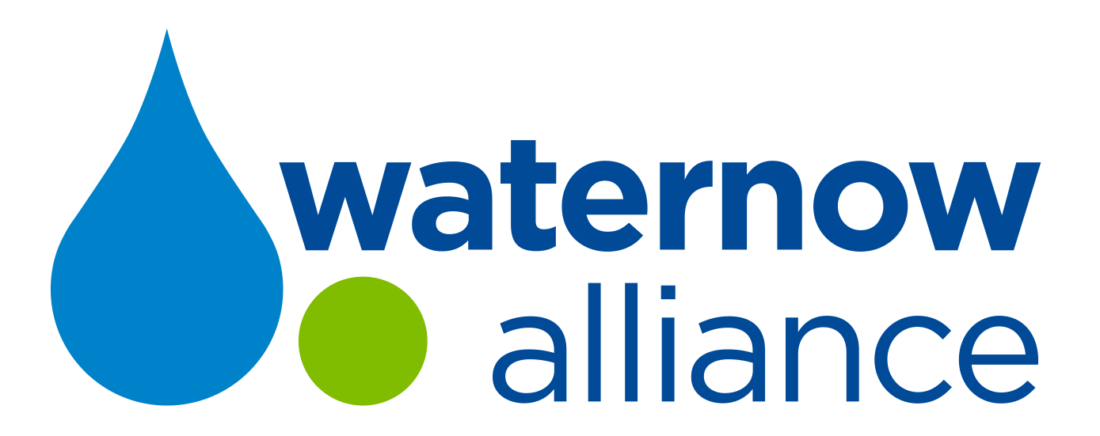Across the United States, many utilities and local water leaders are participating in AWWA’s Drinking Water Week by shining a light on the important role that high quality, reliable drinking water plays in our daily lives. As public entities plan their water futures with an eye towards extreme and changing conditions, it is more important than ever to champion sustainable, affordable and climate resilient water strategies.
Through the theme of “Protect the Source,” WaterNow Alliance is identifying four key actions everyone from water leaders to water users can do to maintain water resources now and into the future.
- Practice Conservation: One of the best ways to ensure sustainable water resources for the future is to practice conservation and smart water use today. Water conservation is our cheapest source of new supply!
- 1 trillion gallons of drinking water is lost every year to leaky pipes.
- As much as 50% of outdoor water use is wasted from inefficient watering systems.
- Households can save up to 40,000 gallons/year with water-efficient fixtures and appliances.
- Support Watersheds: Watershed health is essential to protect water supply and quality. Most water infrastructure spending focuses on built infrastructure, but investment in watershed conservation is essential to ensure water security. According to the Pacific Institute, the Klamath-Cascade region in California provides:
- 60% of irrigated agriculture water.
- 80% of freshwater to the San Francisco Bay Area.
- 45% of Los Angeles’ and 20% of San Diego’s drinking water.
- And drinking water for 28 million people in the state.
- Ensure Quality: From source to faucet to waste, maintaining water quality requires an intersectional approach. Contaminants can enter waterways from polluted runoff that enters our groundwater and surface water supplies, or from compromised lead lines and older infrastructure.
- 2 trillion gallons of stormwater, industrial runoff wastewater, and sewage contaminate freshwater sources every year.
- 40% of lakes in the US are too polluted for human interaction.
- 6-10 million homes have drinking water supplied by lead pipes.
- Grow Green Infrastructure: Green and “distributed infrastructure” (DI) programs are an important part of how water agencies – drinking, wastewater, and stormwater – meet their communities’ needs and provide innovative, effective, and affordable community-based programs to:
- Avoid stormwater flooding.
- Prepare for sea level rise and droughts.
- Preserve local open space and streams.
- Keep water clean, safe, and healthy.
Managing our water resources in sustainable, resilient and integrated ways are essential to “Protecting the Source” now and into the future. For more information on Drinking Water Week, be sure to check out AWWA.

